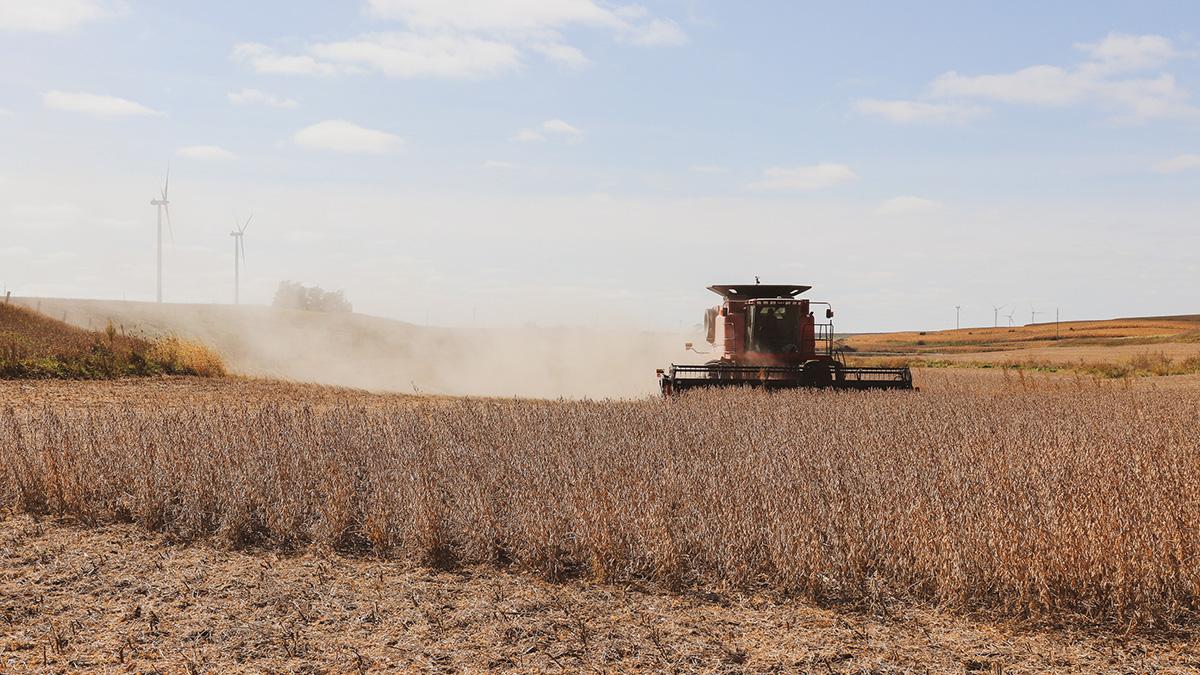Michelle Mensing/realagstock.
This column was originally published on Sept. 9, 2022, by Nebraska Farmer, and is excerpted here with permission.
Initial discussions on what is due to be the 2023 Farm Bill have already begun at field hearings and producer meetings across the country. The discussion to date has focused on programs and stakeholder priorities for the next farm bill. We have yet to see significant legislative proposals or debate.
That will change after this fall’s elections and the beginning of a new session of Congress in January. Whether Democrats retain control of Congress or Republicans gain control of one or both chambers will affect the committee leadership positions, and control of the committee timeline and agenda.
Regardless, the process should pick up quickly in the new year, and several underlying issues will help drive the debate.
Frame the debate
Historically, it is convenient to frame the farm bill debate as being shaped by the economic, budget, trade and political setting during each cycle. Each driver affects the timing and type of discussion that occurs, as well as the available options for potential policy changes. While each could again affect the shape of the next farm bill, the budget setting presents an interesting observation and challenge for the coming debate.
When the last farm bill was developed in 2018, it was written under a tight budget constraint with no additional funding available beyond the existing budget baseline, or projected spending levels needed to simply maintain authorized programs over the next 10 years (a 10-year baseline is used even though farm bills typically run for five years).
The Congressional Budget Office (CBO) is the official arbiter of the cost of legislation, and its 2018 budget baseline established a total cost of $867 billion for existing farm bill programs. While debate ensued about potential changes to policy, ultimately any changes in programs that cost additional dollars had to be offset by changes elsewhere to save spending.
